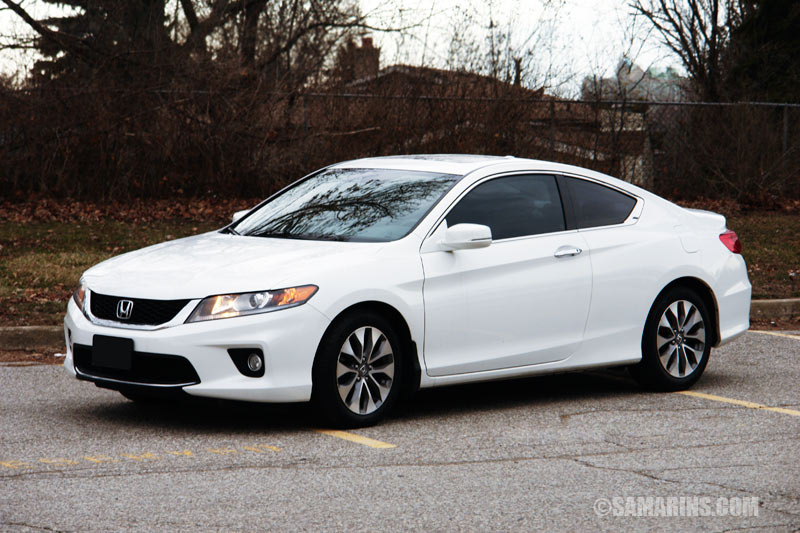
We are simply looking at the J35A, J35Z, and J35Y engines. For now, it’s important to at least give a quick overview of these engines. There are lots of different variants of the 3.5 V6, so we’ll likely turn this into a post of its own in the future. In this article, we discuss a few common problems with the Honda J35 3.5 V6 engine along with overall reliability.

However, no engine is perfect and that applies to the Honda 3.5L V6 too. J35 engines offer a solid all-around balance of performance, fuel economy, and reliability. However, all engines share the same basic 3.5L V6 SOHC design. Given the J35’s long run there are numerous variants and updates to the engine throughout the years.

In the meantime, we're curious: Would you expect to pay more, less, or about the same-all else comparable-for a mid-size V-6 sedan versus one with a turbo four? Let us know in the comments below.The Honda 3.5 V6 was first introduced in 1998 and the engine remains in models to this day. Be sure to see our review page on the 2013 Honda Accord for more details and pictures, and stay tuned for driving impressions on these new powertrains and how they match up in a class of very impressive entries. That's not up to the level of the Altima's 27/38 mpg ratings, but almost and the more interesting comparison will be drivability. It's matched to a new continuously variable automatic transmission (CVT) and earns an EPA-rated 27 mpg city, 36 highway. As the first application of direct injection in a North American product for Honda, the new 2.4-liter in-line four makes 185 horsepower (189 hp in Sport models) and 181 (or 182) pound-feet of torque. The four-cylinder engine that will go into most Accords is probably the bigger story, although it's less of a surprise. But to help meet those V-6 standard of refinements, it utilizes both Active Engine Mounts and Active Noise Control.ĭirect injection, CVT, and 36 mpg for base four The engine gets Honda's Variable Cylinder Management (VCM) system, as well as a SOHC i-VTEC valvetrain, and during cruising or coasting it can operate on just three cylinders to help boost mileage. This year the engine gets improvements aimed at reduced wear and improved longevity, and the cylinder head gets a new 'tumble port' intake design, while the exhaust manifold is now cast into the cylinder head itself. That oddly, leaves the Toyota and Honda the only ones standing with V-6 offerings in a recently redesigned mid-size sedan.Īnd there are some indications that Honda plans to offer the V-6 for many more years.

Cyr, vice president for corporate planning and logistics at American Honda, at a recent preview of the upcoming Accord. “We plan our engines around our customer, and it was still something that the customer very much wanted,” said Art St. Honda officials said that they believe there's still significant demand for a V-6 mid-size sedan, and that going to a turbocharged four instead was not the answer as it didn't meet the sum of all needs for drivability as a premium engine, combined with better efficiency. And it's 4 mpg better on the highway than the Toyota Camry. It's also 3 mpg better on the highway then either the 2013 Nissan Altima V-6 or the 2013 Volkswagen Passat five-cylinder. That's better than the 2013 Chrysler 200 Sedan or 2013 Dodge Avenger Sedan with their four-cylinder engine and six-speed automatic, and essentially tied with both the Hyundai Sonata Turbo and base Chevrolet Malibu (both of those get 22/34 mpg).

On top of that, it also runs on regular unleaded gas, and meets ULEV2 standards. Yet here arrives the 2013 Honda Accord, with its step-up engine a V-6-a large, 3.5-liter at that, making 278 horsepower-and it's rated an almost incredible 34 miles per gallon highway (21 mpg city).


 0 kommentar(er)
0 kommentar(er)
